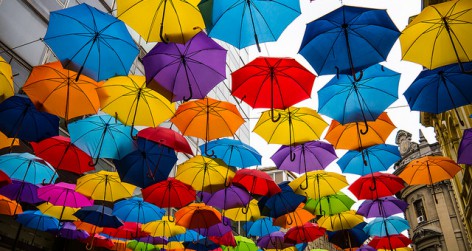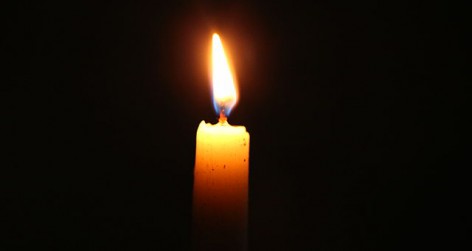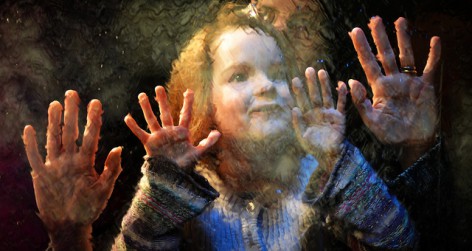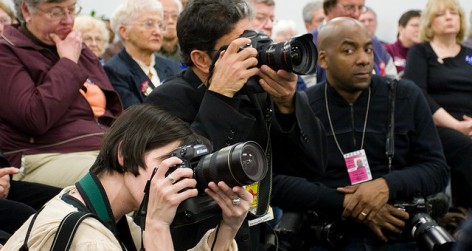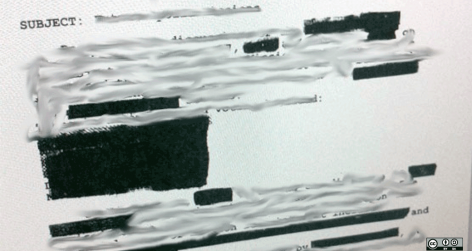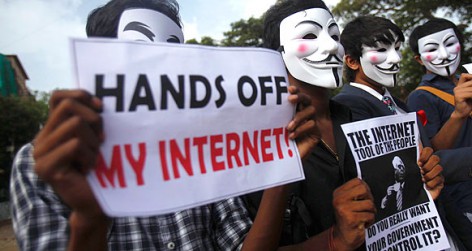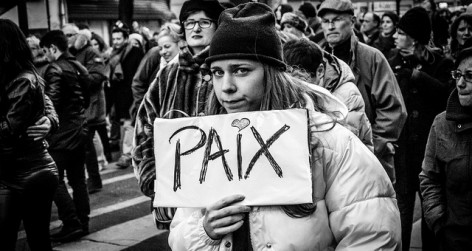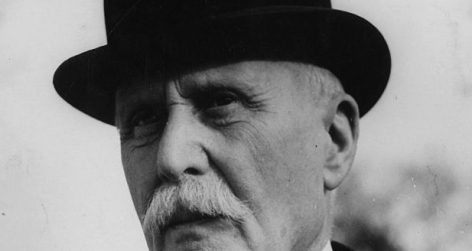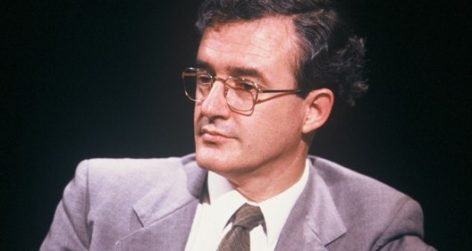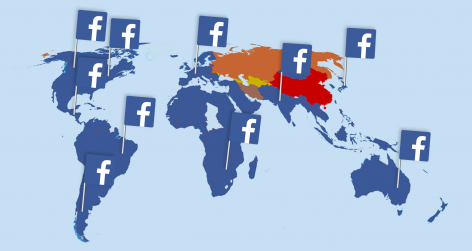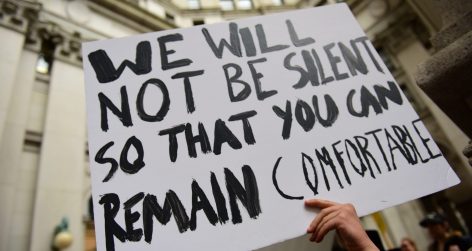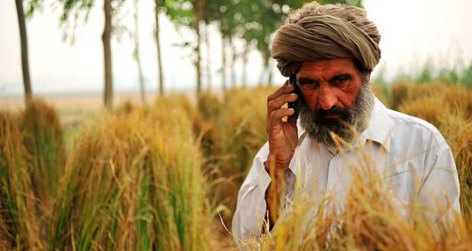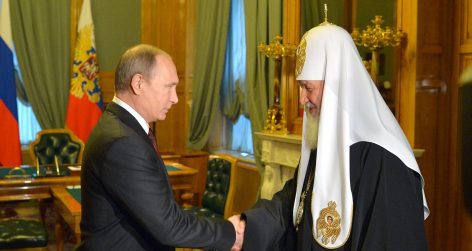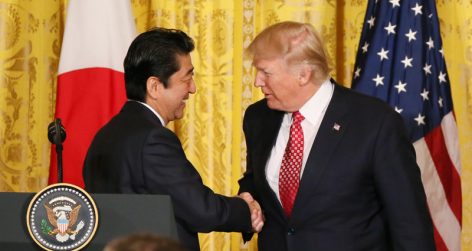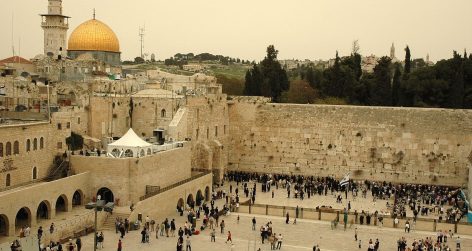For some, Valentine’s Day means chocolate and roses. For a group of Indian writers it has become an opportunity to reclaim freedom of expression in India.

For some, February 14 means roses and chocolates. For a group of Indian writers, lawyers and their friends, the day is an opportunity to reclaim freedom of expression in the face of growing censorship demands from the authorities. The group is calling for public readings of banned books across the globe and tweets of censored lines on Twitter. In a tweet to Free Speech Debate, Salil Tripathi, a member of the group, said the biggest threat to free speech in India was “a combination of state passivity, antiquated laws, and the existence of ‘the right to feel offended’.”
The day is not without significance in India. It was on this day four years ago that right-wing Hindu groups threatened to attack couples caught canoodling in public. And it was on this day in 1989 that the Iranian cleric, Ayatollah Khomeini, issued a fatwa ordering Muslims to murder the British Indian novelist Salman Rushdie for penning the “blasphemous” Satanic Verses.
More than two decades later and the book is still banned in India. Nor has the furore over the novel died down as witnessed at the Jaipur Literature Festival in January. Rushdie was forced to cancel his appearance following threats of violence, which some now claim were fabricated by state officials to prevent public disorder. Despite the cancellation, a mob still turned up at the festival pledging “rivers of blood” if a planned video link to Rushdie went ahead. It didn’t.
A week later, officials caved in again to intimidation: the launch of a volume of Taslima Nasrin’s autobiography, Exile, at the Kolkata Book Fair was aborted, for fear that the author, deemed anti-Islamic by hardline groups, posed a security threat. Speaking to the Guardian, Nasrin declared that that the Indian government was kowtowing to Hindu and Muslim extremists: “All the political parties have agendas, but they have no agenda or intention to value freedom of expression.”
More than 8,000 miles away in the US, talk show host Jay Leno caused a diplomatic spat after he flashed a picture of the Golden Temple of Amritsar and joked that it was Republican candidate Mitt Romney’s summer home. India’s Sikhs fulminated against Leno for depicting their holiest shrine as a rich man’s pad while Overseas Indian Affairs Minister Vayalar Ravi called the skit “objectionable”. “Freedom does not mean hurting the sentiments of others,” he added. A US state department spokeswoman was quick to retort that the US constitution offered freedom of speech strict protections.
Religious sensibilities was also the reason given by a judge earlier this month after he obliged 21 internet firms, among them Google and Facebook, to remove “offensive” content from various websites. The directive was a result of a civil case launched by Muslim scholar Mufti Aijaz Arshad Qasmi who runs Islamic advice website, FatwaOnline.
The judge gave the companies a further two weeks to create mechanisms that would pre-filter material deemed offensive to Muslims, Christians and Hindus – a near-impossible task given the billions of posts published around the world each day. The absurdity of the request was captured in a tweet by Indian MP Shashi Tharoor who wrote that prosecuting the companies would be like “phone companies being sued if someone sends a defamatory or obscene SMS”.
To make matters worse, the internet firms face a second, this time criminal case over offensive content that one journalist claims could “create communal riots across the country“. While sporadic bouts of violence between different religious groups have erupted in India since partition in 1947, the government’s continued submission to intimidation serves only to encourage others (see P6).
According to Indian lawyer Apar Gupta the nature of speech in India has changed “tremendously” since 2010 because of dissent on social media, above all about corruption. “More Indians are also going online and using mediums such as Twitter, Facebook and blogs to criticise, lampoon and sometimes even make personal attacks against Indian politicians,” he wrote in an email to Free Speech Debate.
Despite this, said Gupta, the biggest challenge to free speech in India remains “the appeasement of the easily offended. This cuts across caste, religion and linguistic divisions in India. The government increasingly views itself not only as the censor with the scissors but even the arbiter of good taste and community values.”

